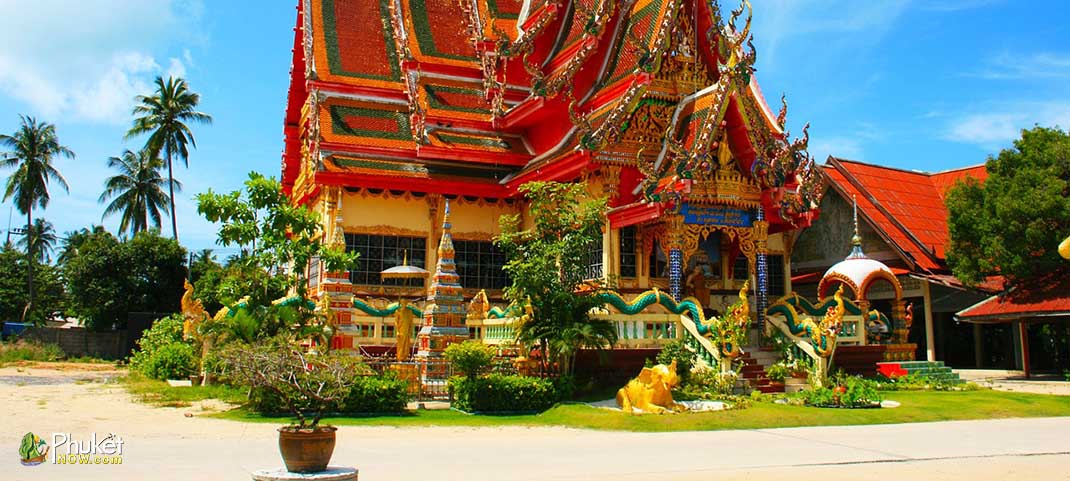Wat Chalong (Thai) or Chalong Temple (English) is the largest and most visited temple in Phuket. Among 29 temples, Wat Chalong is the famous one formally known as Wat Chaiyathararam located on Chaofa West Road of Chalong, Phuket. It is just 8 km away from Phuket city, 38 km from Phuket International Airport, 16.3 km from Patong and 3 km from Chalong Circle.
Historical Background
No one knows the exact history of Wat Chalong’s establishment. But some people guess the main Wat was established in the current location in 1837, during the reign of King Rama II.
Later, the premises of Wat Chalong had been developed with other buildings. Many conventional tales about it are heard. One of them is “a rebellion between Phuket locals and Chinese immigrant mine workers during the 1870’s”.
Local Tin mine owners interfered to stop opium growing by Chinese migrants. A turbulent situation was developed from this issue. The Chinese made an Angyee Society to attack the provincial hall and finally killed some people. Some locals were frightened, and they did not understand what to do and where to go. They took shelter in Wat Chalong and informed Luang Poh Chaem (1827-1908), the Abbot of the Wat Chalong about the imminent danger. As a monk, he assured people not to be afraid and made a safe zone for them. He gave them white headbands and motivated them to fight against Chinese workers whenever they would attack.
Afterwards, the Chinese attacked the Wat and broke the walls. The sign of broken walls is still evident today. Locals fought against them for a long time. Although the Monk was not engaged physically in the fight, he performed a miracle. After a long fighting, locals won and they were very happy. In this way, many tales are conventional about Luang Poh Chaem. Lah Poh Chuang was also a Monk. Both were great carers of the locals through some herbal treatments and walking stick miracles. The news of victory reached the King Rama V, who invited the Monk Luang Pho Chaem to the Bangkok Royal Palace. The king bestowed him the title of “Phra Kru Wisit Wongsacharn”.
Attractions of Wat Chalong
Wat Chalong is not only a temple, it is also a premises of Ubosot (ordination hall), Chedi (Conical shaped building that contains a bell), Mondop (Prayer hall), Viharn (Assembly Hall), Sala (resting pavilion) and Crematorium (Dead body funeral place).
Ubosot (ordination hall)
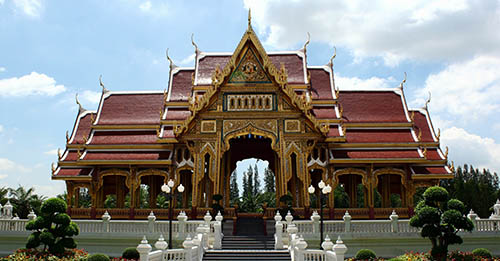

Chedi and Relic of Buddha
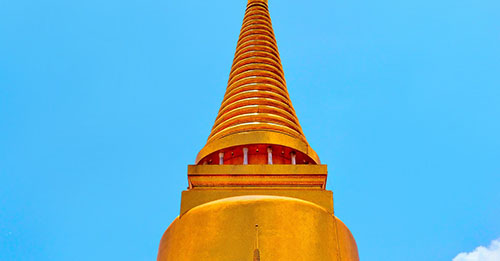

The exterior of Chedi is adorned with intricate sculptures of Buddha resting in the beachfront window. Inside of this Chedi is full of sculptures represent east, west, north, and south parts of Thailand. Most of the natives pay their religious respect to Chedi to get a merit. These paintings are lessons of learning to tourists.
Mondop
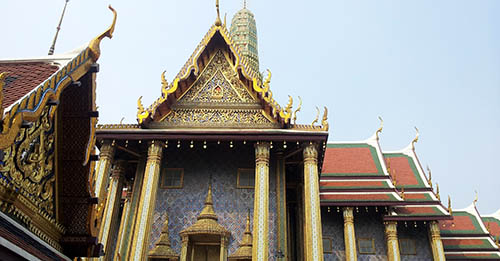

Viharn
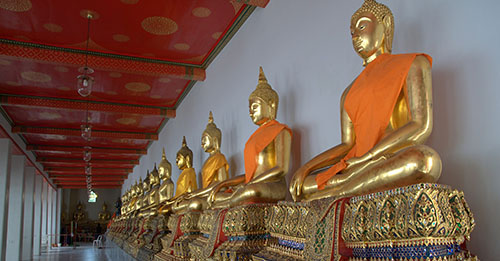

Sala
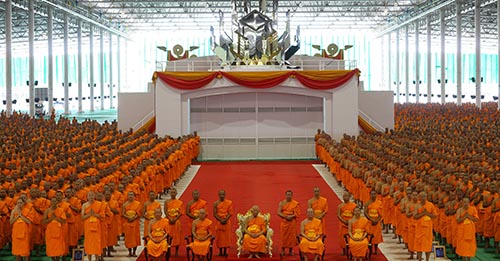

Crematorium
Identifying Crematorium is easy through the high chimney. The crematorium is for burying the dead. The relatives of dead people bring dead bodies to the Wat for burning the body. The belief of locals is that a dead person will get a merit for their eternal life through burning his body.
Garden, Fountain, and Naga
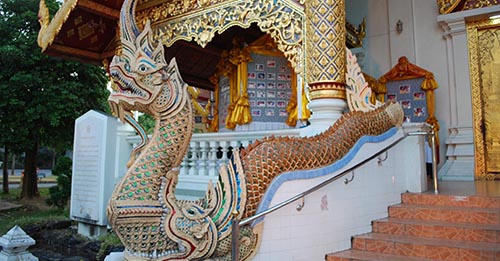

Etiquette on Wat Chalong Premises
As Wat Chalong is a holy place to Phuket natives, everyone should follow these formalities:
- Shoes are not allowed inside of Wat Chalong
- Don’t touch the statues or relics of Buddha
- Speak in a quiet tone inside of temple
- Women should maintain the dress code that covers arms, body and knees.
According to Thais belief, the bell of Wat Chalong spreads the wisdom. Wisdom removes confusion. Wat Chalong is a place where people of Phuket pray for peace and prosperity.
When to visit
Wat Chalong remains open from 07.00 to 17.00 every day. The entry is free. Your contributions are welcomed for the development of the temple if you want. During the festival of Chinese New Year, it turns into a crowded place for 8 days.

